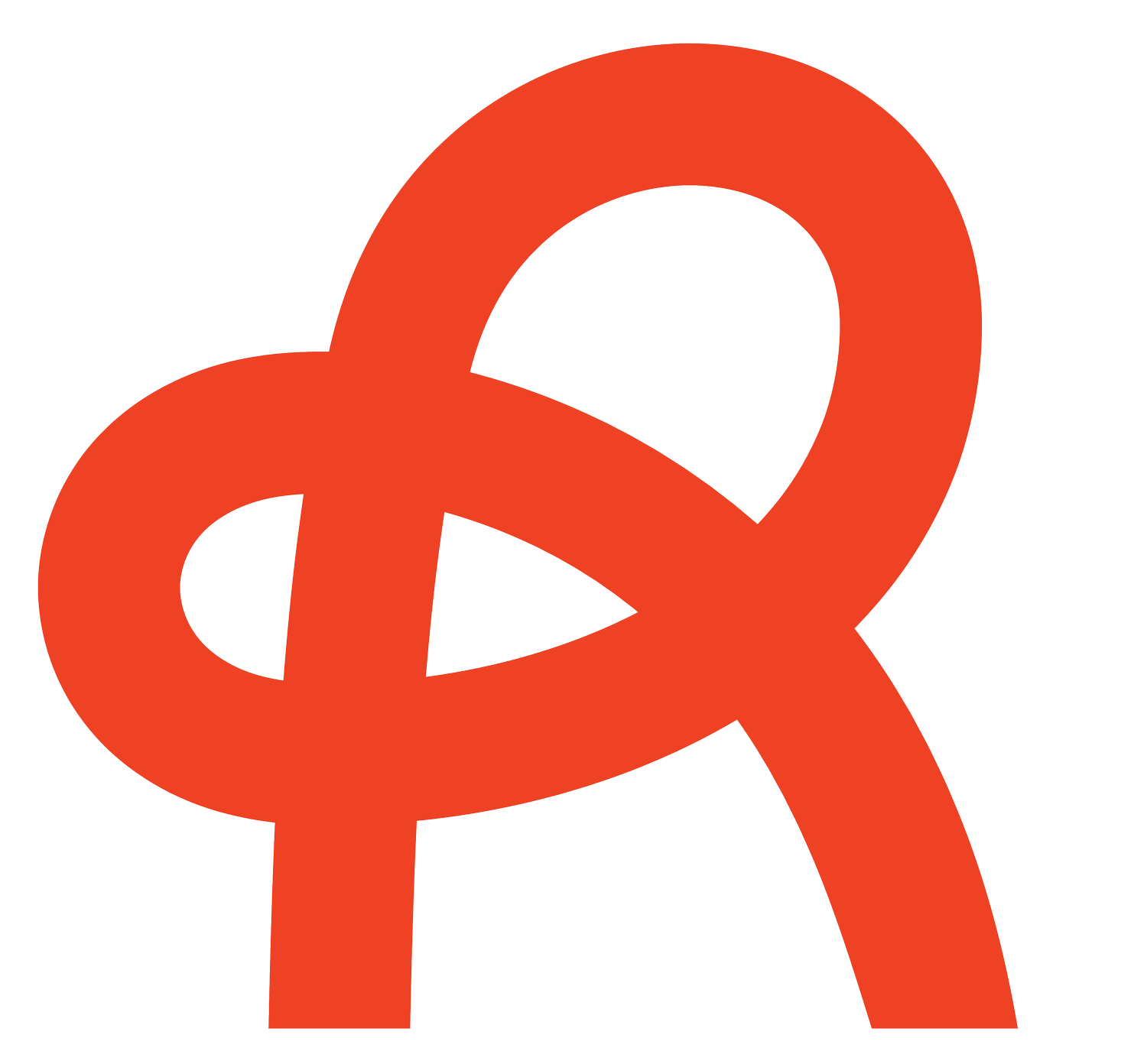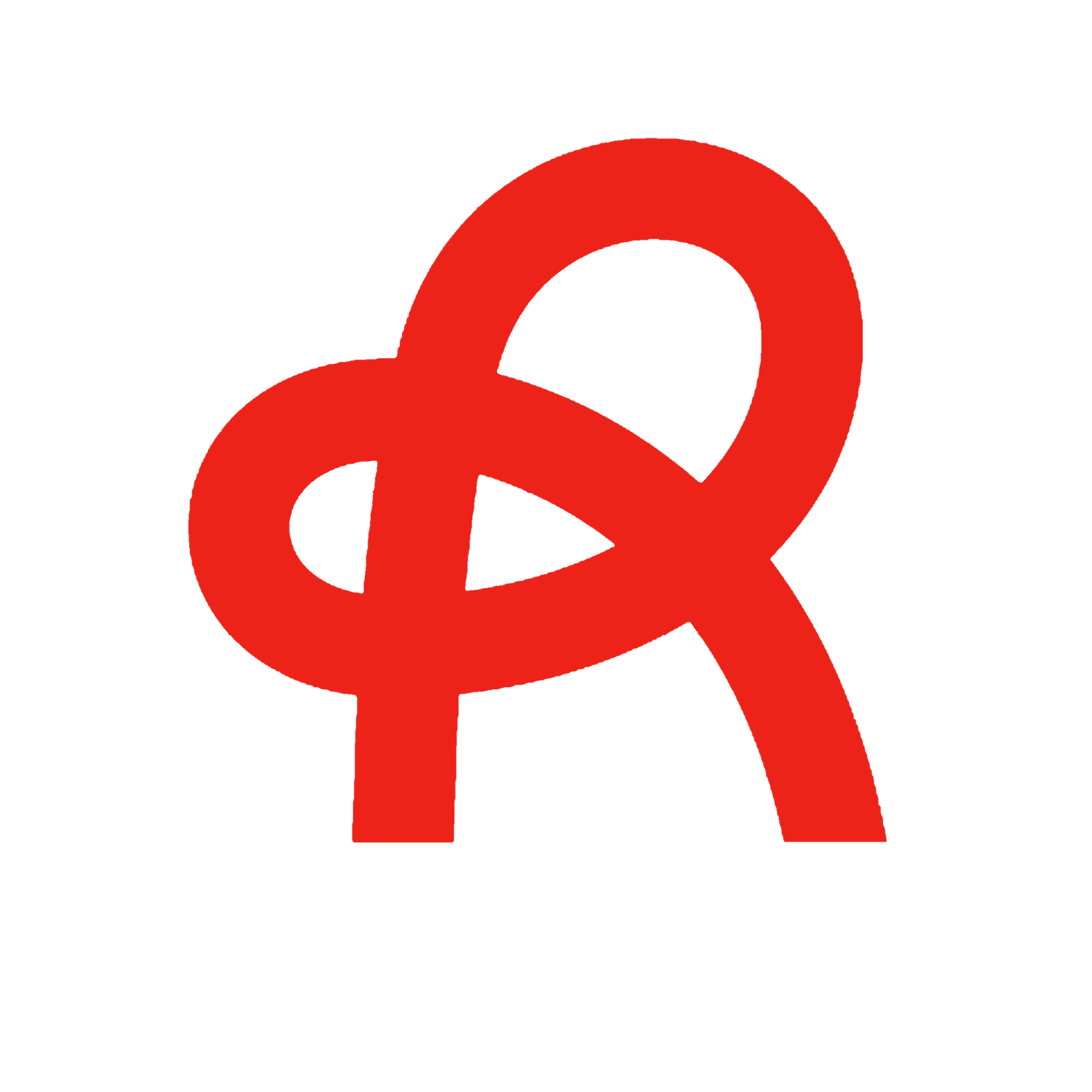BBC EARTH EXPERIENCE
The BBC Earth Experience is an immersive experience. More than 60 ultra large projections simultaneously show the stories of the award winning BBC series Seven Worlds, one planet. These projection screens are arranged around the visitors in three main areas. They can walk around and discover the stories from multiple perspectives. The entire show last more than an hour and all seven continents are visited. This project is a co-operation of the BBC, MEP and Tinker.
Designing an immersive experience or a large exhibit is by nature already a challenge. Integrating audiovisual content makes it even more complex. To enhance these, sometimes huge, spaces with content, showing stories in several places at the same time and capturing the attention of the wandering audience requires an entire new audio-visual design approach. Traditional mapping of the content on to screens and areas designated for projection and then rendering it for viewing purposes would not only be very time-consuming but it would slow down the edit and design decision process dramatically. Viewing it from several angles, which the visitors will do, would complicate this process even more.
We developed a solution for this problem. Real time 3D editing. The output of the editing machines is being fed into a game engine. In this game engine the entire spatial design is rebuild. And the content is being mapped real time on to the projection screens in the game engine. This setup makes it possible for the director to see the edits in real time, in the 3D environment. Next to the edit screens. Moving around in this game environment allows him to see the effect of edit-decisions from all the possible angles the visitors will see in the future. The entire game-setup can be exported to VR glasses so the immersive effect can be evaluated by the director even more precise.
This new cross-over editing technique can be very beneficial to other experiences or exhibitions. Experience architects and narrative space designers can see in 3D real time how projections and content screens will look in their designs. Their clients can view the designs in VR just like their future visitors will experience them. The feedback loops are shortened drastically, which not only saves money but will give them more time for creative decisions. Freedom instead of restrictions. Interested? Hit us up.









